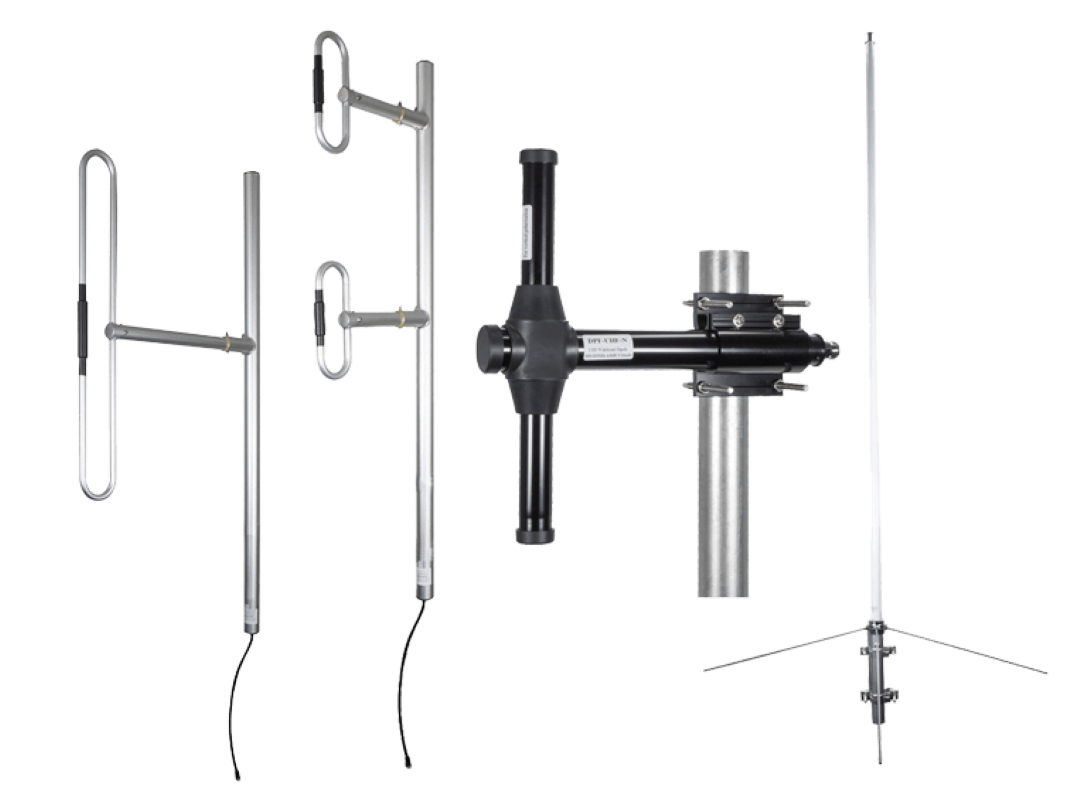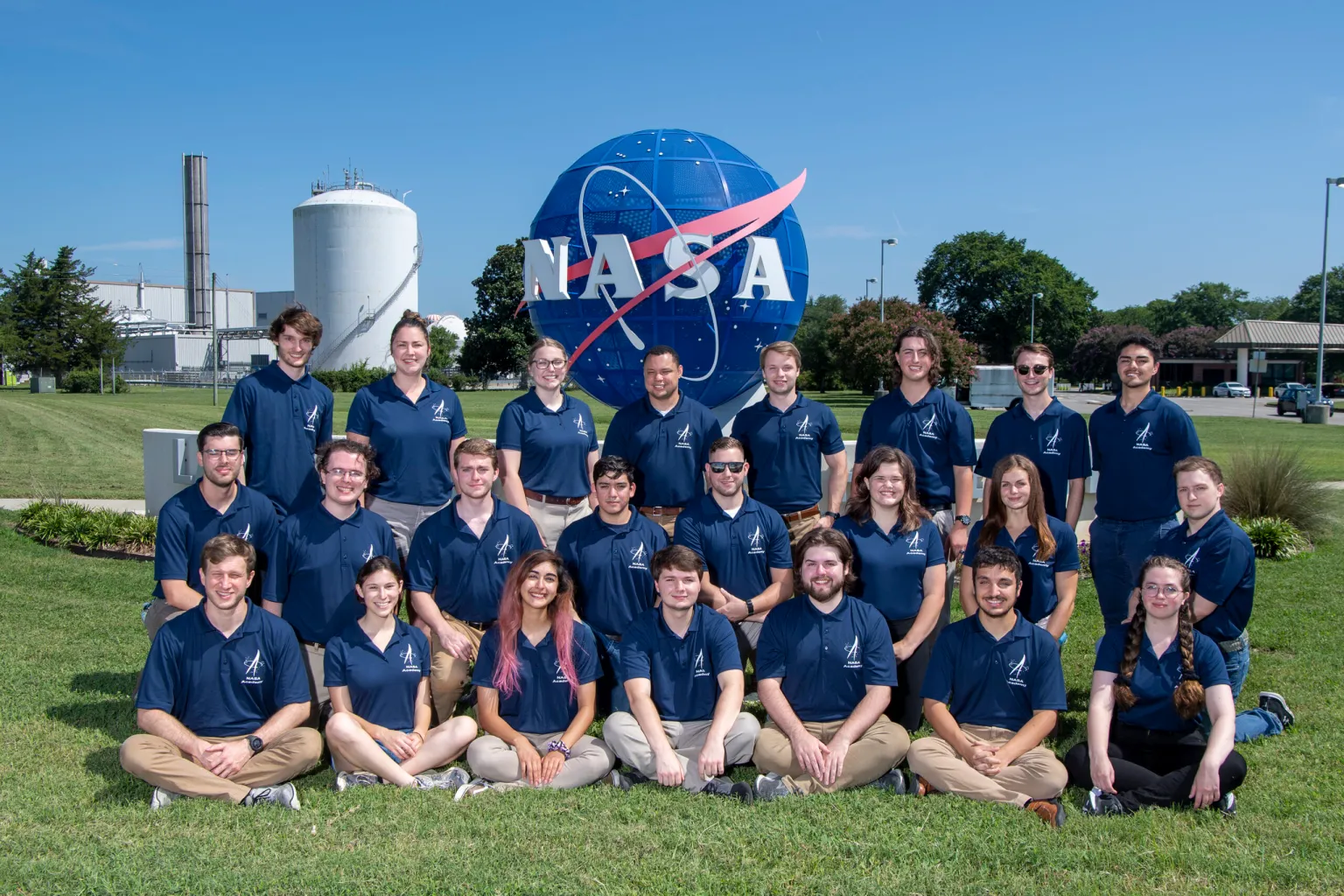How To Maintain the Undercarriage on Construction Equipment

The undercarriage and tracks on your machinery have various moving parts and mechanisms that allow the equipment to move about the work site. How you maintain the undercarriage on your construction equipment has a direct impact on the lifespan and performance of the machine. Learn how to clean and maintain this equipment to reduce repair costs, increase its lifespan, and enhance its stability.
Ask Employees To Follow Digging Procedures
To avoid excessive wear and tear on the tracks and undercarriage of your high-quality construction equipment, you must tell employees to follow proper digging procedures. This involves providing adequate training to machine operators to understand what is appropriate and what they need to avoid on the worksite. For example, spending much of your time on a slope digging could increase potential damage to idlers and rollers; stop this by minimizing the time the machine spends on the incline. Ignoring protocol and procedures will result in damage and high repair costs.
Clean the Undercarriage Daily
When you traverse a worksite, the tracks and undercarriage on heavy machinery take the brunt of abrasion and debris. For instance, sand might appear soft and great on your tracks, but this is a very abrasive material and could shorten the lifespan of this component. Take the time to wash away mud and debris from the undercarriage daily to ensure everything is clean and free from materials that can cause damage. This also provides time for workers to inspect the bottom of the equipment for damage and repairs.
Ensure You Have Track Alignment
Keeping the tracks on your equipment in alignment is hugely vital for undercarriage maintenance. If your tracks tend to move laterally, it can push the guide lugs against one side of the track, damaging them. Double check your track tension and alignment before each job to ensure the equipment will suitably move and travel across the worksite.
Consider Rubber or Steel Tracks
You have two options regarding the tracks on the undercarriage of your machinery—steel and rubber. When you’re on a surface like softer soil, you might consider using rubber tracks to better maintain the undercarriage on your construction equipment. Rubber tracks will cause less wear and tear on surfaces such as sand because they almost float on the ground and don’t kick up as much debris.
The undercarriage on your equipment is important because it holds most of the machine’s weight and takes the brunt of the debris. Maintaining and caring for this component will allow you to get more use out of your machine and avoid costly repairs. What else will you do to care for the undercarriage of your construction machinery?





